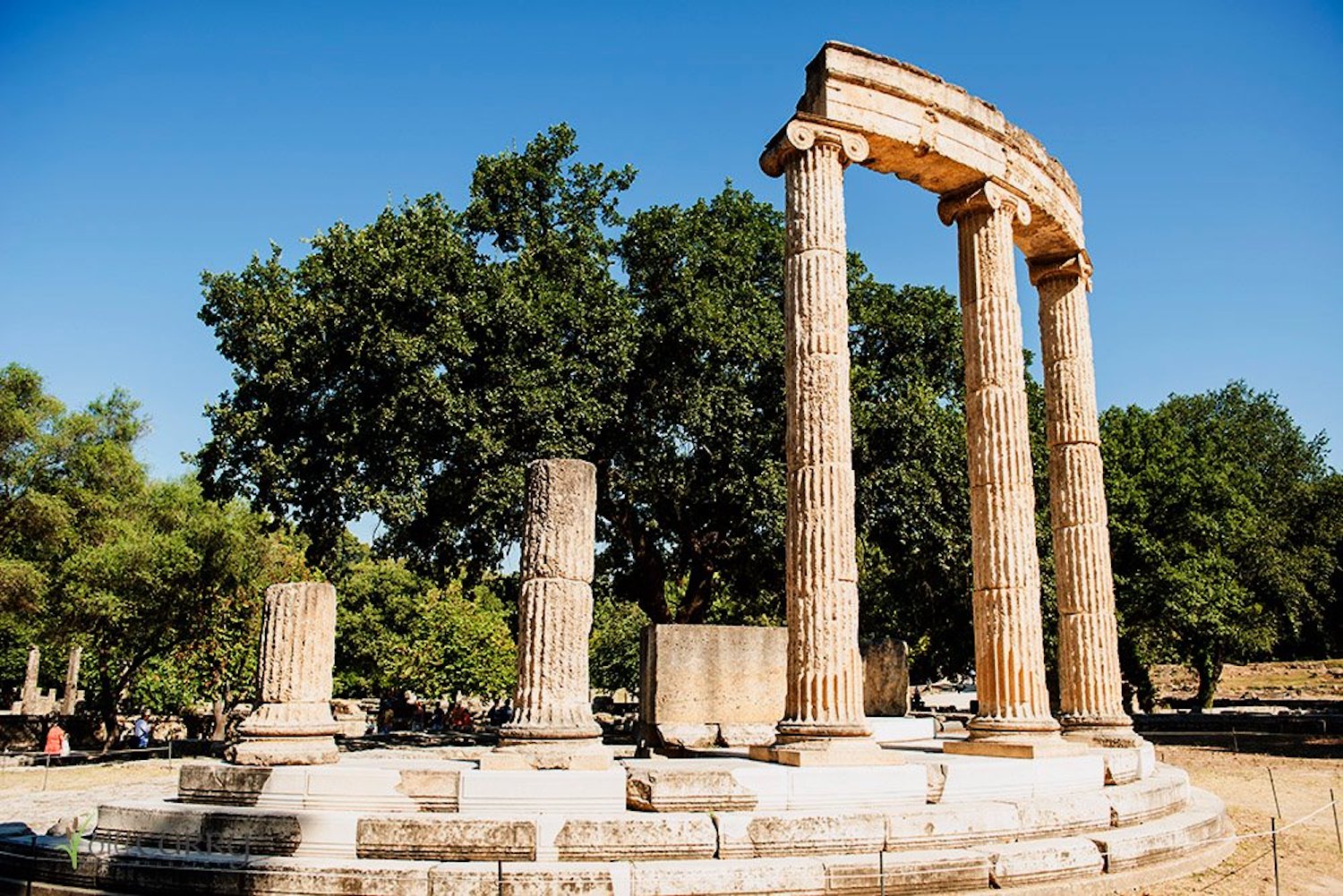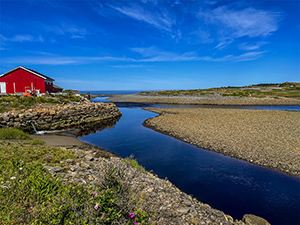
Katakolon (Olympia), Greece
The Olympics
With the Tokyo Olympics winding down, it did get me thinking about a trip Norma and I took to Greece. Exactly 9 years ago to the day, we were standing in Katakolon (Olympia), Greece. This is the location of the ancient Olympics held from 776 BC and reaching their height of popularity in 576 BC. The games were banned in 426 BC by the emperor Theodosius II because they were pagan, and the temples were destroyed. The Olympics were officially revived in 1896 in Athens, although Athens had been home to a sort of unofficial Olympics since 1859.
The site at Katakolon is simply incredible. There is a very good museum, showcasing among other things the little trinkets ancient athletes would bring with them to the competitions but also being the repository for numerous statues preserved from antiquity.
The site of the Olympic founding itself is really a collection of jumbled ruins, but what they represent is truly a most interesting sight. Ancient pedestals, columns and stone paved pathways meander throughout the area – and one can stand in the center of the old stadium, now a grassy field with steep sides.
Walking further into the area, one can visit the Temple of Hera, where the Olympic flame is lit from the sun and then taken by runners to light the torch wherever the games are being held, a tradition which dates all the way back to 1936 AD. For a much older scene, one can then walk over to the Temple of Zeus, built by Livon in the 5th century BC, which contained the 12-meter-high statue by Phideas, one of the seven wonders of the ancient world, which was removed to Constantinople by Theodocious and destroyed in a fire. The temple now is a collection of columns, but standing in front of it, as shown in the image, one gets the sense of importance the ancient Greeks placed on this built history.
The Olympics today uphold the same tradition from long ago, human athletics as something to marvel at in a beautiful setting. Greece has done well to preserve these sites, something many places could stand to learn from.



































